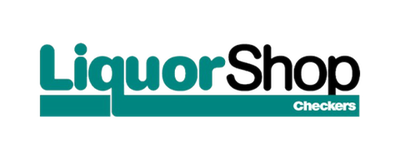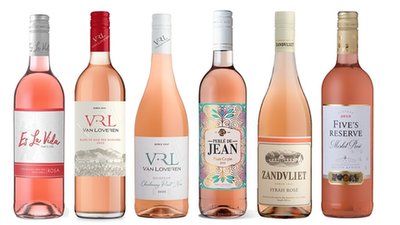
CHEERS | wine
Pink wine & chameleons
Summer has arrived in the southern hemisphere – and along with it, a desire for lighter, fresher fare when it comes to both food and wine.

What do chameleons have to do with pink wine? Nothing really … it’s just a good analogy to use when it comes to rosé because there are any number of different hues of pink when standing in front of a shelf of bottles. However, as a well-known local wine critic has said, “You can’t drink colour!”
He’s quite right – but there are many people who will base their purchasing decision of a bottle of pink on the colour and what it looks like, rather than what it tastes like or perhaps what grape was used to make it.
Two decades ago rosé tended to be a deep, dark pink and the odds were pretty good that it would be sweet. That’s a sweeping generalisation admittedly, but all of that has changed dramatically. The pendulum has swung and, as a rule, rosé in South Africa tends to be dry as well as far paler and lighter in colour than before.
In this regard, it’s following the trends seen in Europe where rosé – already fashionable in summer – has virtually exploded in popularity in the past few years. France has always had a decent love affair with pink wine, which is entirely logical since the south of France is where the largest proportion of the world’s pink wines have been produced, in Provence.
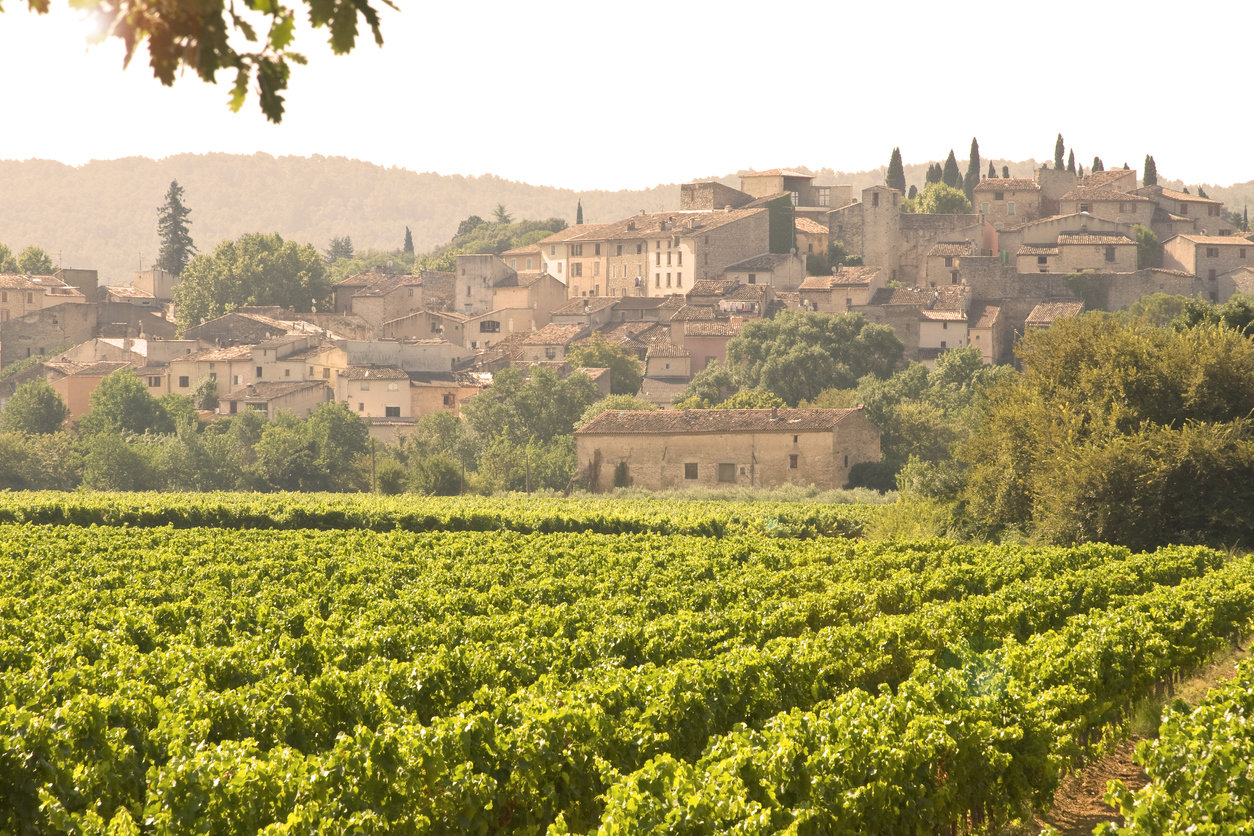
The figures paint an interesting picture: since 2002, production and sales of rosé globally have risen 20%. In South Africa, production has doubled, and in New Zealand it’s quadrupled – granted, off a very small base but it’s still significant. What’s behind all this growth? Ultimately it comes down to a few things: firstly, fashion, then its versatility, approachability and value.
Never underestimate the value of a good fad! Rosé undoubtedly benefitted from the celebrity effect – or it did when Brangelina was still a thing. In 2008 Brad Pitt and Angelina Jolie bought a winery in the south of France, and when the world could not get enough of the Hollywood power couple, it snapped up bottles of subtly pink wine produced there. Chateau Miraval debuted its Provençal pink in 2013 – and the wine became something of a marketing phenomenon. Not only did it have star cachet but it was genuinely really good! Sadly, there was a subsequently messy celebrity divorce and Chateau Miraval was just one of the casualties of war, with Jolie selling her share to Tenute del Mondo, part of the Stoli group, without notifying Pitt who wanted first option on those shares.
In terms of versatility, rosé is one of the ultimate food friendly wines. It’s something anyone can serve with confidence whether it’s at a braai, a picnic, Sunday lunch or kitchen tea party. And despite what people may think, there is no specific demographic either. According to the American Association of Wine Economists (AAWE) as many men drink pink as women! Rosé appeals to both a younger and older age group, and, similarly, it pairs well foodwise with anything from quiche to Asian-inspired fare.
The other chameleon-like thing about rosé is that people are not intimidated by it. Where consumers feel somewhat abashed about their alleged lack of specific wine knowledge when it comes to white or red wine styles, there’s no such compulsion about rosé. “It’s pink: I’ll drink it.” If it were a chardonnay, there would be some comment about not liking wooded wines. Sauvignon blanc? “Ooh … bit too acidic for my taste.” Red? “Mmmmm, not mad about pinotage …” While syrah or cabernet sauvignon are possibly too spicy or too heavy, depending on who you speak to.
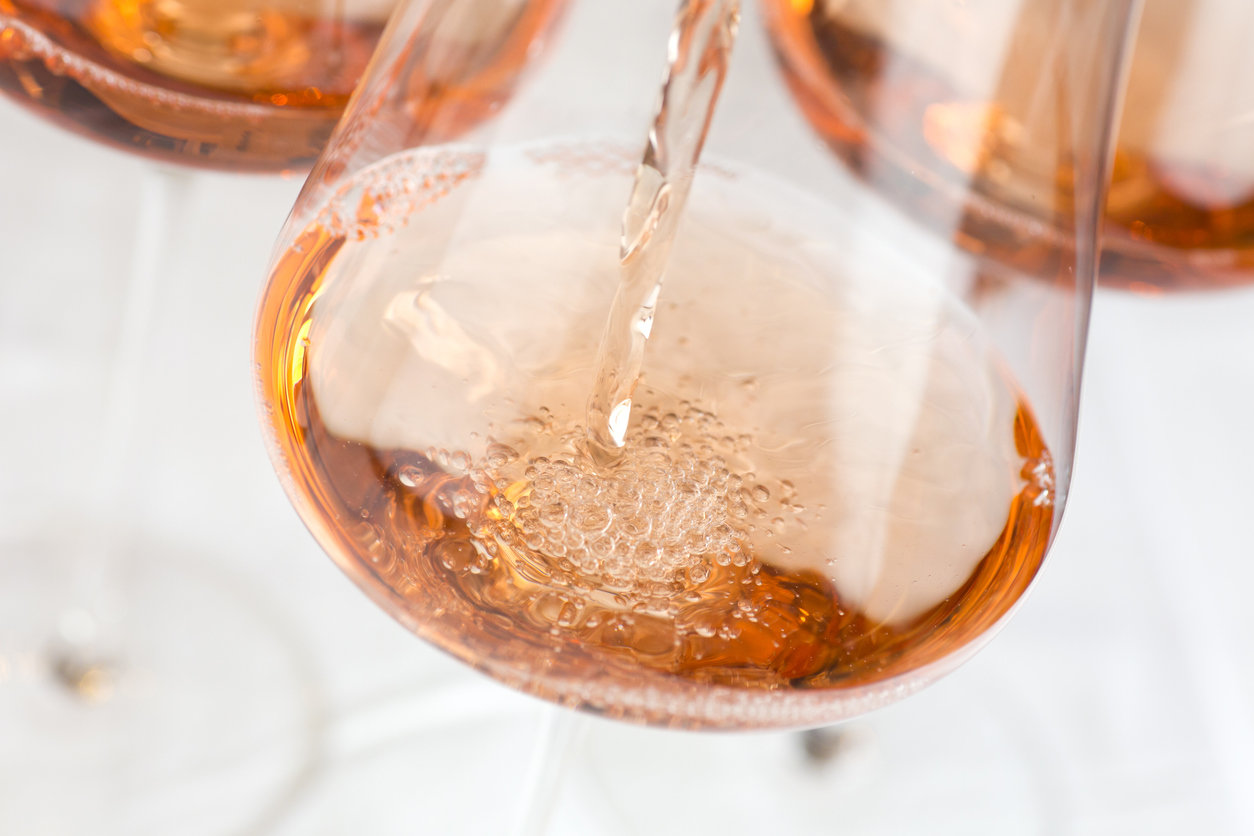
Rosé occupies that comfortable middle ground of not being intimidating and yet also being tasty and unpretentious enough to simply enjoy. Consumers also know that they aren’t going to be pressed for their opinion about what they think about the wine – because, generally, pink wine isn’t considered as serious as its white or red counterparts.
And the value proposition goes without saying. Rosé offers lots of bang for the proverbial buck. However, that too is changing. With more winemakers producing rosé, and with some of them even intent on making “serious” rosé, the gap between the top and bottom end of the market is increasing. Locally, it’s possible to take a bottle of pink off the shelf for anywhere between R75 and R250-plus. It simply depends on what you as the consumer are prepared to pay.
For those intent on making a wine which offers flavour as well as texture, the use of grape is important. Red grapes like cinsaut and pinotage are ideal for everyday, easy drinking pinks because of their vivacious berry fruit taste profile. At the other end of the spectrum, cabernet sauvignon, syrah and grenache are naturally drier and offer more tannic grip than the other two do. And when you start playing around with blends but adding in white grapes such as sauvignon blanc and chenin blanc with their naturally higher acid levels, the results become altogether more complex.
The bottom line is that consumers are spoiled for choice. There’s a wonderful world of discoveries to be made within the pink spectrum; of colour, flavour and price point.
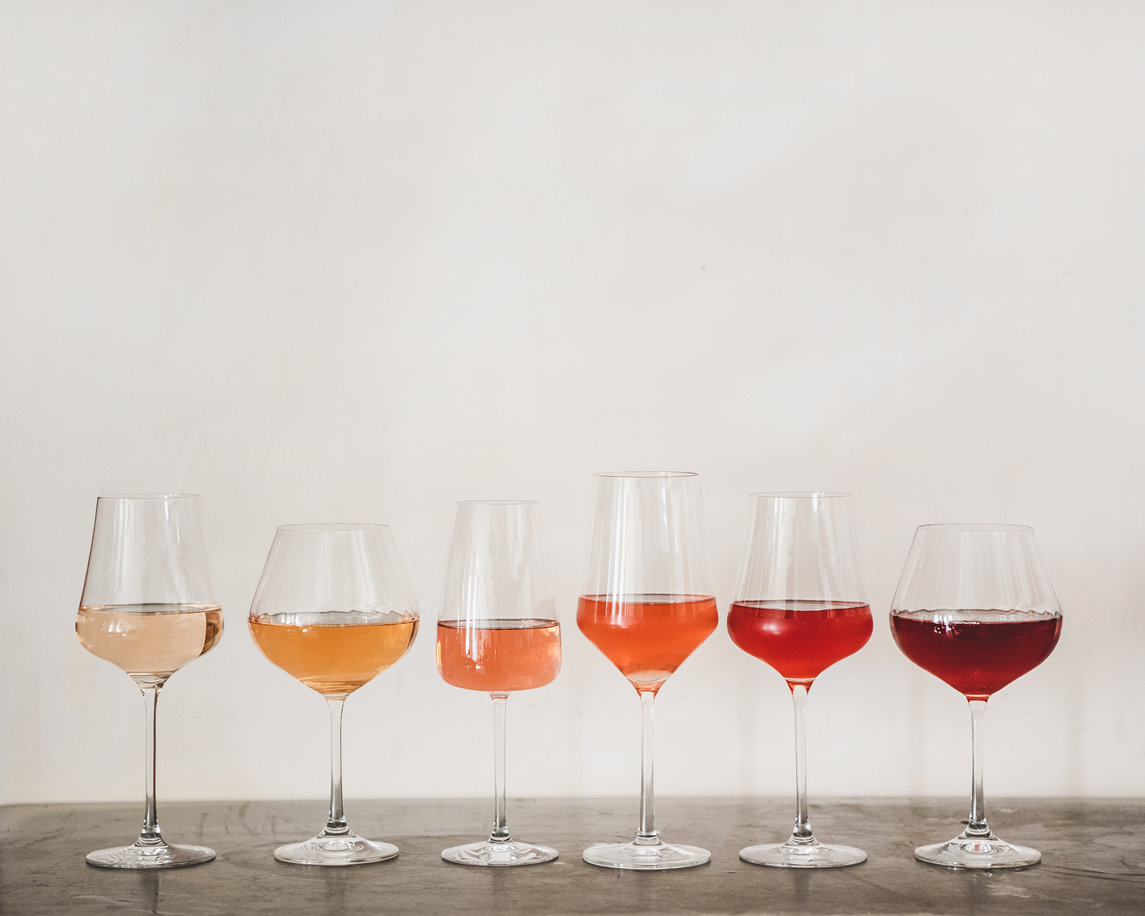
BACK TO TOP
